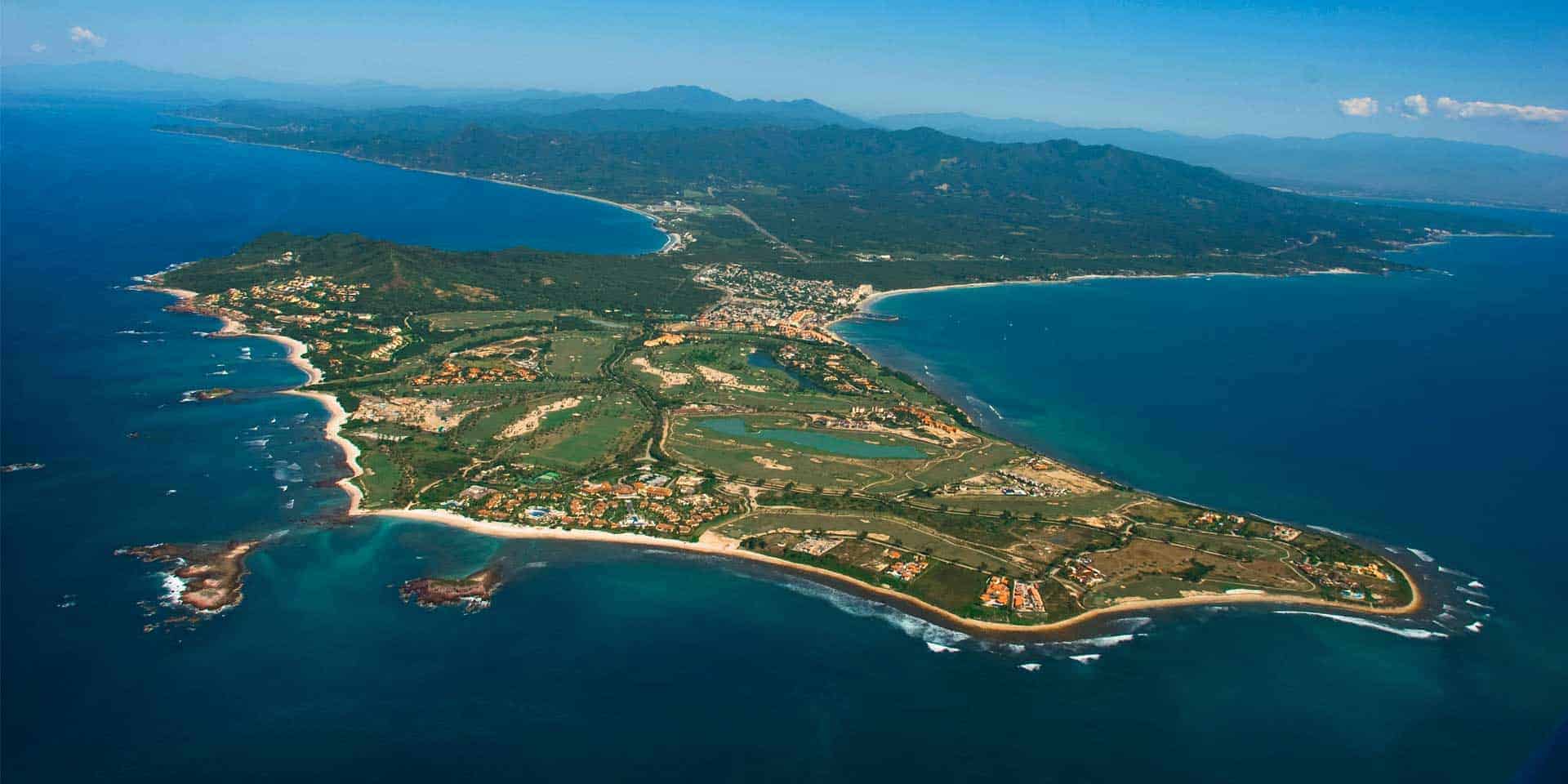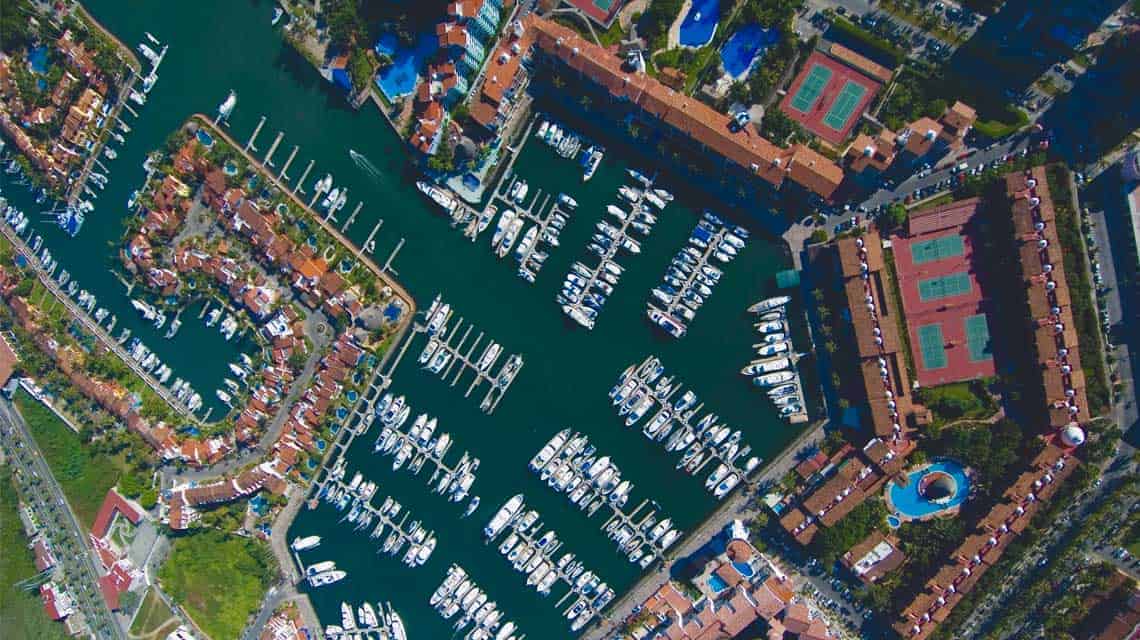There has been a lot discussed and written about lately regarding highway projects planned or under development that will, or could, provide better access to the region. One project was recently completed, another nears completion, and others, well, it is uncertain how much may just be talk and not so much action. For those that remember the completion of the highway from Mascota to Vallarta, for years it was said that the project would be finished “next year.” It took more than ten. These projects, all in different stages of development, if and when finished, will eventually improve traffic flow and at the same time, provide safer and more secure traveling times.
The Puerto Vallarta/Riviera Nayarit region is primarily situated around the Bay of Banderas, meaning traveling nearly anywhere involves traveling around the bay; there are no short cuts for getting from downtown Vallarta to Punta Mita. As the region has grown traffic has increased, putting an increasingly larger burden on Highway #200, which arrives to the bay at La Cruz on the north shore and then follows the shoreline, travels right through the middle of downtown Vallarta and continues on to Costalegre. Getting from one town or place to the next along the bay, #200 is usually the only route to take. And when there is an accident, or problems with one of the bridge going over the Ameca, traffic can come to a standstill and backs up. So it is essential to understand what the projects are and how their eventual completion could affect the region.
What are these projects? Let’s list them out.
- – Highway 200A: La Cruz – Punta de Mita extension/improvements
- – Highway 200 North: Guadalajara – Puerto Vallarta
- – Highway 200 “Perferico” or “Macro-Libramiento” extension, or Vallarta By-Pass
- – Highway 200 South: Puerto Vallarta – Manzanillo
Highway 200A: La Cruz – Punta de Mita extension/improvements
The first in the new highway from La Cruz to Punta Mita, which is actually a second phase of improvements that started a number of years ago and have been stalled for any number of reasons. But finally it was recently finished, and for those that visit or live in Punta de Mita or Litibu, this is a welcome change. The narrow road that led out of La Cruz along the coast was extremely windy and narrow, and because of this there were frequent accidents, especially at dusk. This will certainly make the journey north quicker and safer. One down.

Highway 200 North: Guadalajara – Puerto Vallarta
The second is a new highway from Jala to Vallarta (coming from Guadalajara), which most importantly will by-pass the extremely narrow, winding and dangerous current track of highway between Compostela and Las Varas, and skip (although still providing access) coastal towns such as Las Varas, Guayabitos, San Pancho and Sayulita, providing a more direct and safer route to Vallarta. Portions of this new highway have been in development in stages for years, with the first stage to supposedly be finished sometime this year, with the whole route opening sometime in mid’ 2017.
As the first stage is already late (they first said 2015), it will probably be in 2018 before we’ll be able to travel a better route to and from Guadalajara. This was recently confirmed by Bernardo Gutierrez, Director General of the Jalisco SCT Center, who said it will most likely now be sometime in 2018. The new route will encompass 266 km and should reduce travel time to about 2 1/2 hours from the current 4 hours. This is another highway project we’ve been hearing of for years, but we’ve seen the pictures, it is being worked on, and in a couple more years, it should be a reality.

Highway 200 “Perferico” or “Macro-Libramiento” extension, or Vallarta By-Pass
The third project is a complete by-pass around Puerto Vallarta that would allow south-bound, pass-through traffic to avoid Vallarta completely. Currently there is a “micro” version of this that utilizes the two tunnels behind the town (Libramiento). But, although it does go around the town, it doesn’t go far enough and just empties traffic back into town at Venustiano Carranza, which then continues southward hugging the coastline. Although the southern shore portion of the highway has recently been improved, it is still narrow and a very highly-used highway that passes through Conchas Chinas and on to the southern coast of the bay. Highway 200 doesn’t actually go around the town using the Libramiento but passes right through the middle of it. The new project would move the highway out from downtown and skirt around it, starting in Bucerias, go by the golf courses of Vista Vallarta and then continue on, above and behind the mountain range behind Conchas Chinas, Garza Blanca and Sierra del Mar. It would allow all traffic going south to completely bypass the city. Unfortunately, although it seems a contract has been awarded for a portion of this project was recently to Grupo Carso, (confirmed by Bernardo Gutierrez), the funds are not available from the state or federal government for the complete project and they are currently looking for private investment to fund the entire project. So, unfortunately, this project is still a long ways from the light of day, especially considering the magnitude of the project.
Highway 200 South: Puerto Vallarta – Manzanillo
The fourth project involves improving the highway leading south out of Vallarta, primarily from El Tuito to Melaque. Currently there is work underway, (primarily in the Tuito-Chamela section) to improve the road, giving it an “A3” distinction which means it would be safe traveling between 70-90 km per hour (that’s if they also get rid of all the speed bumps). But it is having its setbacks, dealing with ejido properties aligning the highway and environmental concerns. For Costalegre this highway is very important as most airlift arrives at the Vallarta international airport and then has to travel highway #200 to reach southern destinations such as Careyes and Tenacatita. So work is being done but it will still be a two-lane highway with a limit on speed, and it is still under construction.
What is all this going to mean for Puerto Vallarta?
There are serious and legitimate concerns that the city is not ready to accommodate all the vehicles that will soon be arriving from Guadalajara and Guanajuato in just a few hours. The attraction of making it to PV in half the usual time will certainly attract more visitors. And as the highway passes traditional vacation areas to the north, we may be seeing even more people choosing Vallarta over these coastal towns since it will be easier to get to. That’s great for business, but can the current road system handle this increase in traffic?
Right now there is only one road around the bay from Boca de Tomatlan to Punta de Mita; everyone wanting to get from one place along this stretch of coastline has to travel on it, and it is often overloaded as it is. For those who have experienced what an accident on this road can do to slow or stop traffic, or if one of the bridges needs to be shut down, traffic backs up quickly and significantly. Is enough municipal planning being done to ensure the city can handle this inevitable wave of cars, buses, and commercial traffic? Puerto Vallarta has experienced critical budget cuts and rising debt, are the funds even available to do the work? We’ll be looking for information regarding this, but if you happen know something, please pass it along.

